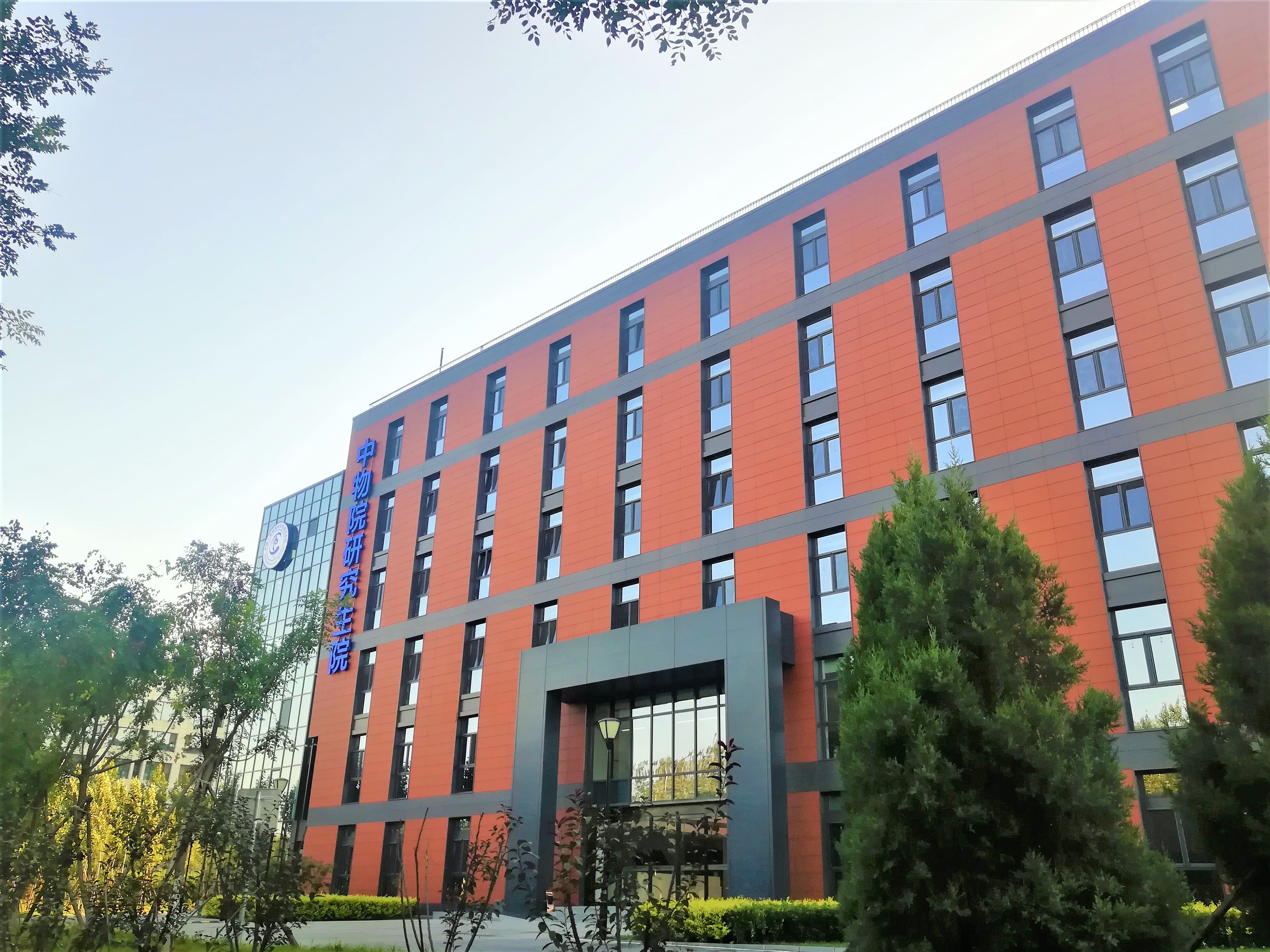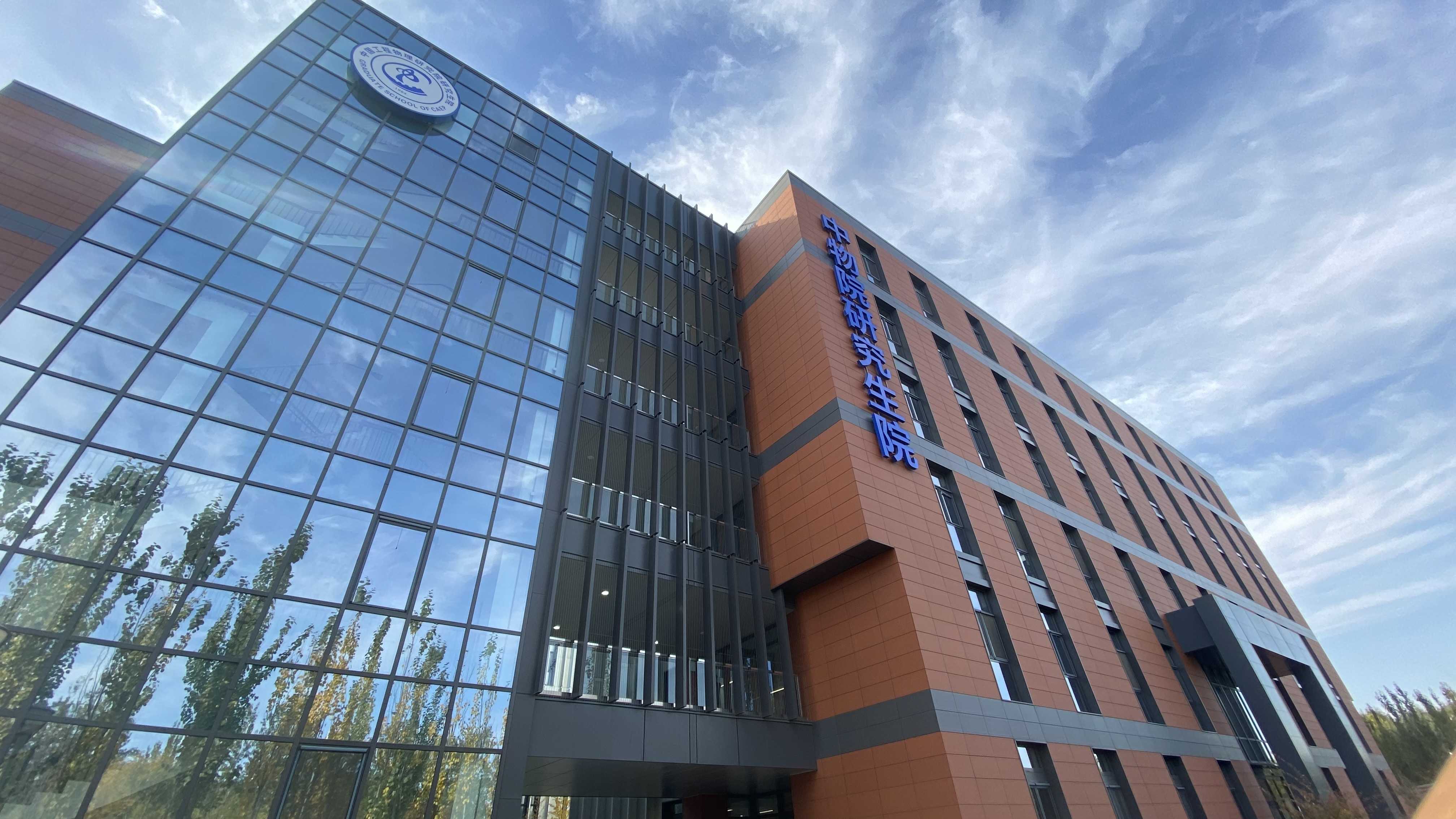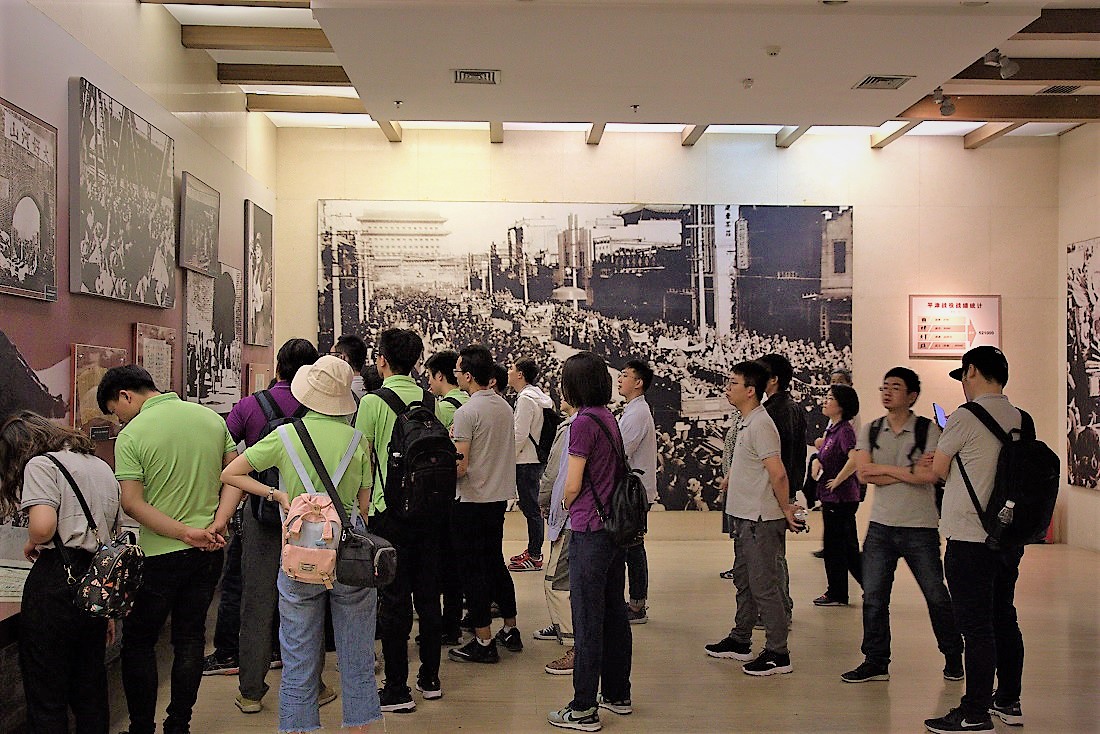














From May 24 to 26, 2025, the Quantum Many-Body Dynamics Symposium, co-hosted by the Graduate School of the China Academy of Engineering Physics (GSCAEP) and the College of Physics at Sichuan University, was successfully held at Sichuan University. The symposium invited 20 researchers at the forefront of quantum many-body research from 14 academic institutions, including Peking University, Fudan University, Tsinghua University, and the Chinese Academy of Sciences, to deliver academic talks. Fu Libin, Deputy Director (acting head) of the GSCAEP, and Wu Jiagang, Dean of the College of Physics at Sichuan University, attended the event. The opening ceremony was chaired by Researcher Chen Yu from the GSCAEP.
The symposium opened with a welcome speech by Dean Wu Jiagang, who introduced the century-long development of the College of Physics at Sichuan University and reviewed its past collaborations with CAEP in areas such as nuclear science. Wu expressed hope that this symposium would promote the development of quantum research at Sichuan University and that strong collaboration with CAEP would continue in scientific research and talent cultivation.
Deputy Director Fu Libin began his remarks by thanking the College of Physics at Sichuan University for its strong support of the symposium. He expressed hope that this event would serve as an “icebreaker” for deeper collaboration between the GSCAEP and Sichuan University, marking a new starting point for broader cooperation. Fu also encouraged attending scholars to carry forward the spirit of “Two Bombs, One Satellite” and actively contribute to the development of the Chengdu-Chongqing regional science and technology innovation hub, aligning their personal aspirations with the mission of strengthening the nation.
The three-day symposium featured a rich and in-depth academic program. It provided ample opportunities for exchange and presentation through invited talks, poster sessions, and open discussions. The invited talks covered a wide range of cutting-edge topics, including studies on the phenomena and mechanisms of quantum quench dynamics, the evolution of open quantum systems, the generation and mechanisms of special states of matter (including dynamical states), the emergence of novel quantum phases induced by many-body entanglement, and new forms of dynamics driven by quantum information spreading.
The successful hosting of this symposium further enhanced the academic influence of the GSCAEP in the field of quantum many-body physics. It contributed to the development of theoretical frameworks for many-body dynamics and their applications in quantum computing, quantum matter control, and beyond. It also strengthened the collaboration between the GSCAEP and the College of Physics at Sichuan University in joint research efforts and innovation ecosystem building, supporting both parties' integration into the Chengdu-Chongqing science and technology innovation hub.

